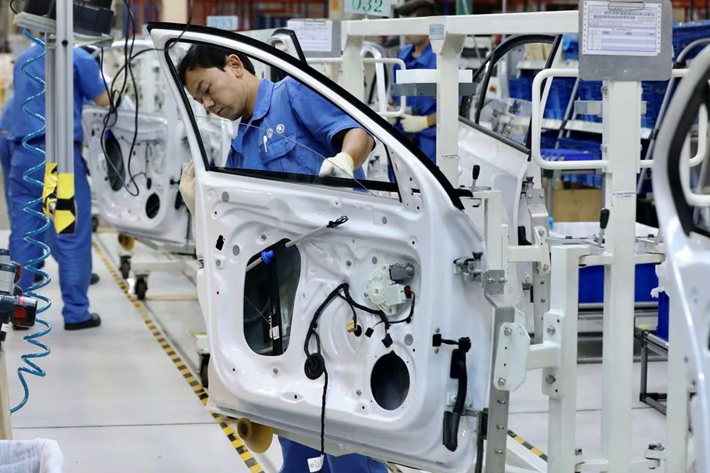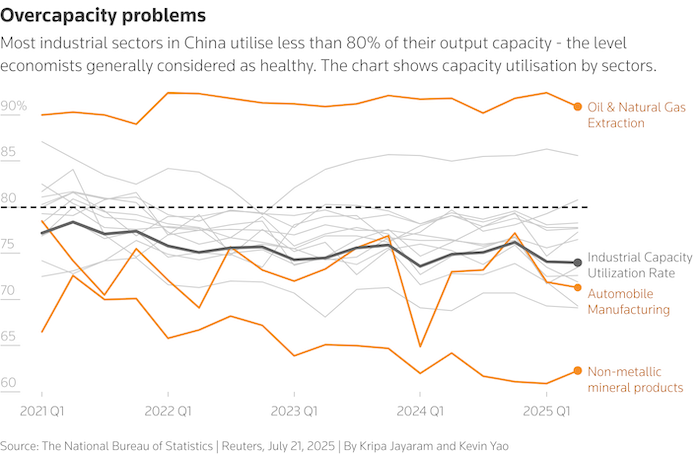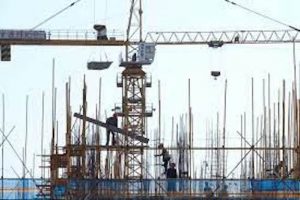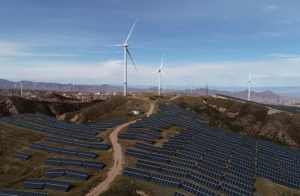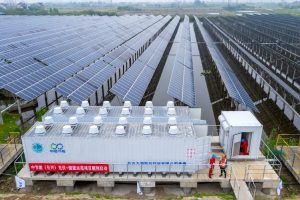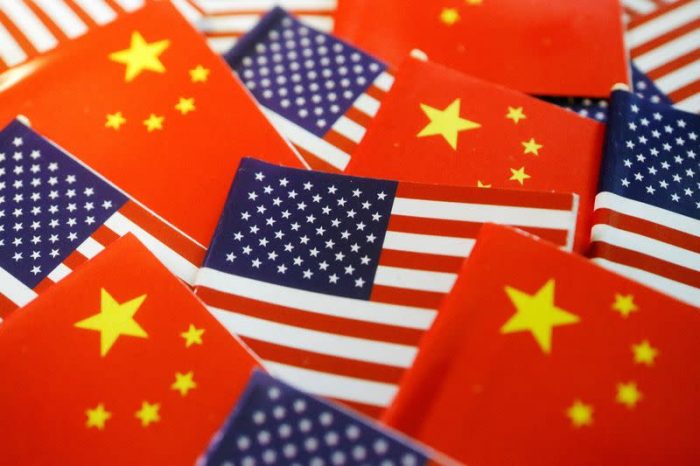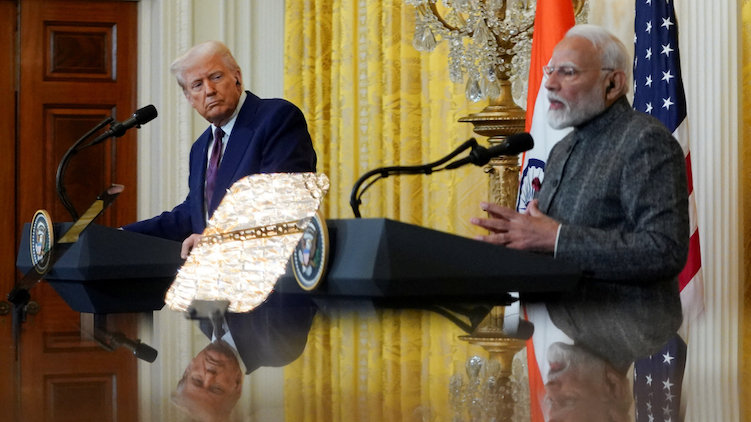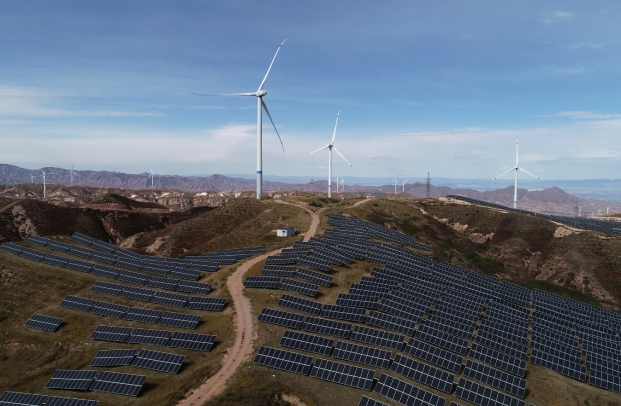The public furore about price wars in some of China’s biggest sectors has raised hope that Beijing may finally take direct action to reduce the country’s excess industrial capacity.
The tougher rhetoric of President Xi Jinping, whose economic policies have been the target of severe criticism, points to moves that will seek to challenge industrial overcapacity spread across the huge country, and try to rein in the deflationary pressures that have raged for the past few years, despite the likelihood that it will dampen economic growth.
Communist Party leaders pledged this month to step up regulation of aggressive price-cutting, with state media running its harshest warnings yet against what it describes as a form of industrial competition that damages the economy.
ALSO SEE: China’s Xi Issues Rare Warning on Over-Investment in EVs, AI – FT
These signals echo Beijing’s supply-side reforms a decade ago to reduce the production of steel, cement, glass and coal, which were crucial to ending a period of 54 consecutive months of falling factory gate prices.
This time, however, the fight against deflation will be much more complicated and poses risks to employment and growth, economists say. The trade war with the US, meanwhile, is intensifying price wars, squeezing factory profits.
Challenges that Beijing didn’t face last decade include high private ownership, misaligned incentives at the local and national levels, and limited stimulus options in other economic sectors to absorb the job losses resulting from any capacity cuts.
Beijing sees employment as key to social stability. Exporters and even the state sector are already shedding jobs and cutting wages, while youth unemployment is officially 14.5%, although the true figure could be much higher.
Economic growth seen falling
“This round of supply-side reform is far, far more difficult than the one in 2015,” He-Ling Shi, economics professor at Monash University in Melbourne, said.
“The likelihood of failure is very high and if it does fail, it would mean that China’s overall economic growth rate will decline.”
Economists expect that any efforts by Beijing to reduce capacity will be undertaken in small cautious steps, with officials keen to achieve economic growth of roughly 5% this year, despite widespread belief at home and abroad that its official growth figures are well detached from reality. So, they will be keeping a close eye on spillover effects.
A meeting expected at the end of this month of the Politburo, the Party’s decision-making body, could issue more industry guidelines, although the conclave rarely delivers a detailed implementation roadmap.
Analysts expect Beijing to first target the high-end industries it once billed as the “new three” growth drivers, but which state media now singles out for fighting price wars: autos, batteries and solar panels.
Their expansion accelerated in the 2020s as China redirected resources from the crisis-hit property sector to advanced manufacturing to move the world’s No-2 economy up the value-chain.
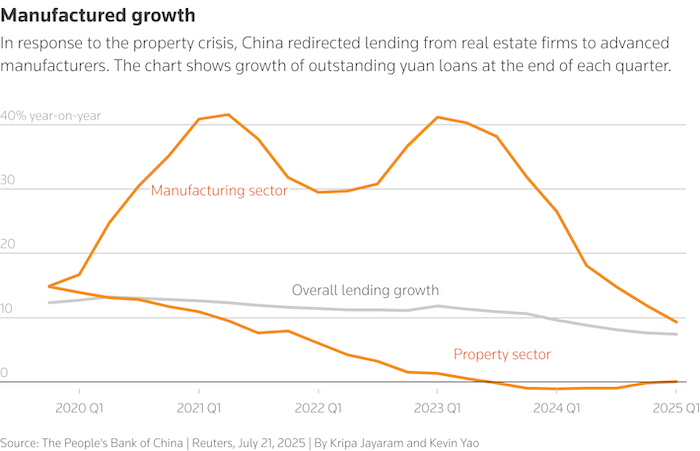
But China’s industrial complex, a third of global manufacturing, looks bloated across the board.
Most sectors have capacity utilisation rates below the 80% “healthy” level, Societe Generale analysts said, blaming weak domestic demand and an investment-driven growth model that favours producers over consumers.
US and EU officials have repeatedly complained that this model is flooding global markets with cheap goods made in China and endangers their domestic industries.
A foreign chemicals company manager surnamed Jiang, who asked for partial anonymity to discuss the industry, said overcapacity in her sector was evident as early as 2023, yet firms continue to expand.
“If money is cheap and abundant, any company thinks it won’t go bankrupt and can crush competitors to death,” Jiang said.
Downsizing industries that are now ‘too big’
For all the state support manufacturers receive, most are privately owned, unlike the raw material producers Beijing trimmed last decade, largely through blunt administrative orders.
Reducing capacity now requires a less predictable process of curbing subsidies, cheap land supply, preferential loans or tax rebates, then letting markets pick winners and losers.
But the local officials who will have to implement this have the opposite incentive: developing industry champions that draw supply chain investments and employment to their region.
“Local governments, in their efforts to transform the local economy, encouraged firms to invest in these new sectors,” like solar or batteries, a policy adviser said on condition of anonymity due to the topic’s sensitivity.
“There’s nothing inherently wrong with transformation and upgrading, but the problem is that everyone is targeting the same few sectors,” said the adviser, adding that the US trade war has exposed such industries as being “too big.”
Yan Se, deputy director of the Institute of Economic Policy at Peking University, said local government resistance would turn “important and necessary” capacity cuts into a long-term, gradual process that won’t end deflationary pressure on its own.
Stimulating demand would work better, Yan told a conference last week.
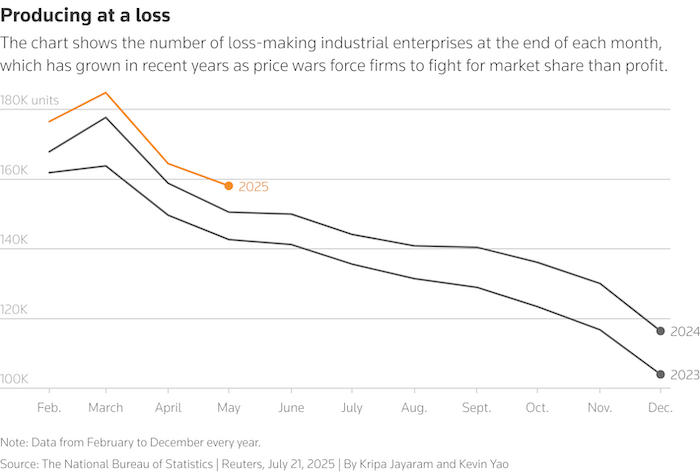
Jobs will be lost
Producer prices dropped for the 33rd month in June.
China faces a painful trade-off between a deeper and shorter stretch of price falls as output cuts trigger job losses and a longer run of overcapacity and deflation that delays the blow to employment, economists say.
Macquarie estimates last decade’s reforms chopped tens of millions of jobs. But an ambitious project to redevelop shanty towns across China, estimated by Morgan Stanley at 10 trillion yuan ($1.4 trillion), offered displaced workers new jobs.
Manufacturing is now much less labour intensive. Still, jobs will be lost, and “there’s no way” other economic sectors, also facing weak consumer demand, can absorb the shock, said Monash University’s Shi.
In another echo from last decade, high-level talk of urban redevelopment re-emerged last week. But any new investment in that area would likely be too small to compensate for lost industrial activity and jobs.
“I don’t think we can expect real estate to digest job losses from supply-side reforms anymore,” John Lam, head of Greater China property research at UBS, said.
“It was used for that in the past and it created overcapacity in our sector,” he said. Authorities “don’t seem to be going in that direction, which I think is correct.”
- Reuters with additional input and editing by Jim Pollard
ALSO SEE:
China Softens Tone on US Ties Amid Potential Thaw In Chip War
China’s Criticism of Price Wars Sheds Light on Xi’s ‘Waning’ Power
China’s Intense EV Price War Taking a Toll on Car Dealers
A Deflationary Spiral Looms Over China as Overcapacity Bites
Solar Overcapacity Kills Projects, Fuels Bankruptcies In China
Creative Ideas Needed to Stem China’s Overcapacity: US Official




